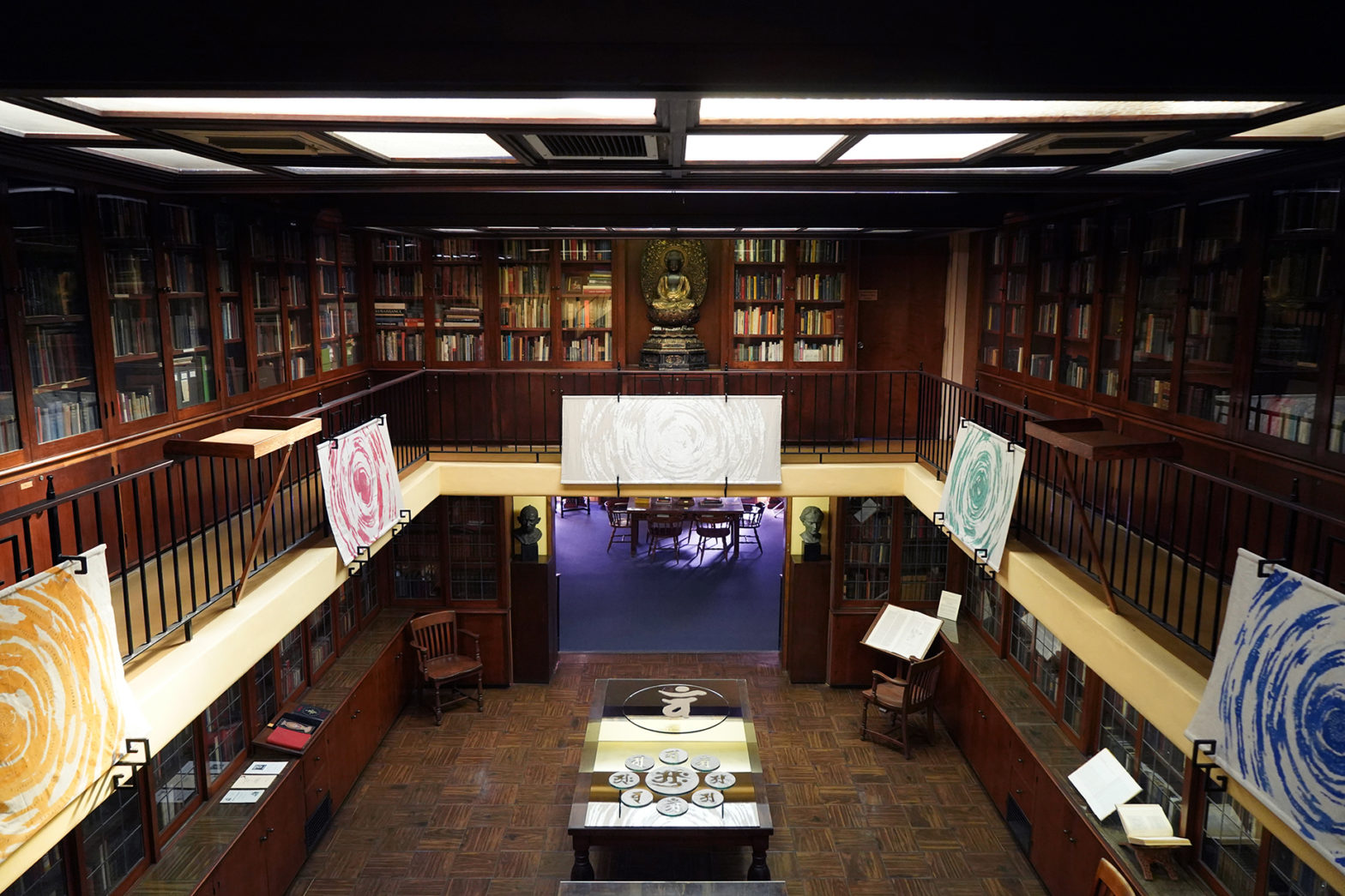The Eye is the First Circle
A solo exhibition by Charwei Tsai
Curated by Haema Sivanesan
21 November 2021 ~ 6 March 2022
Philosophical Research Society Library
Los Angeles, US
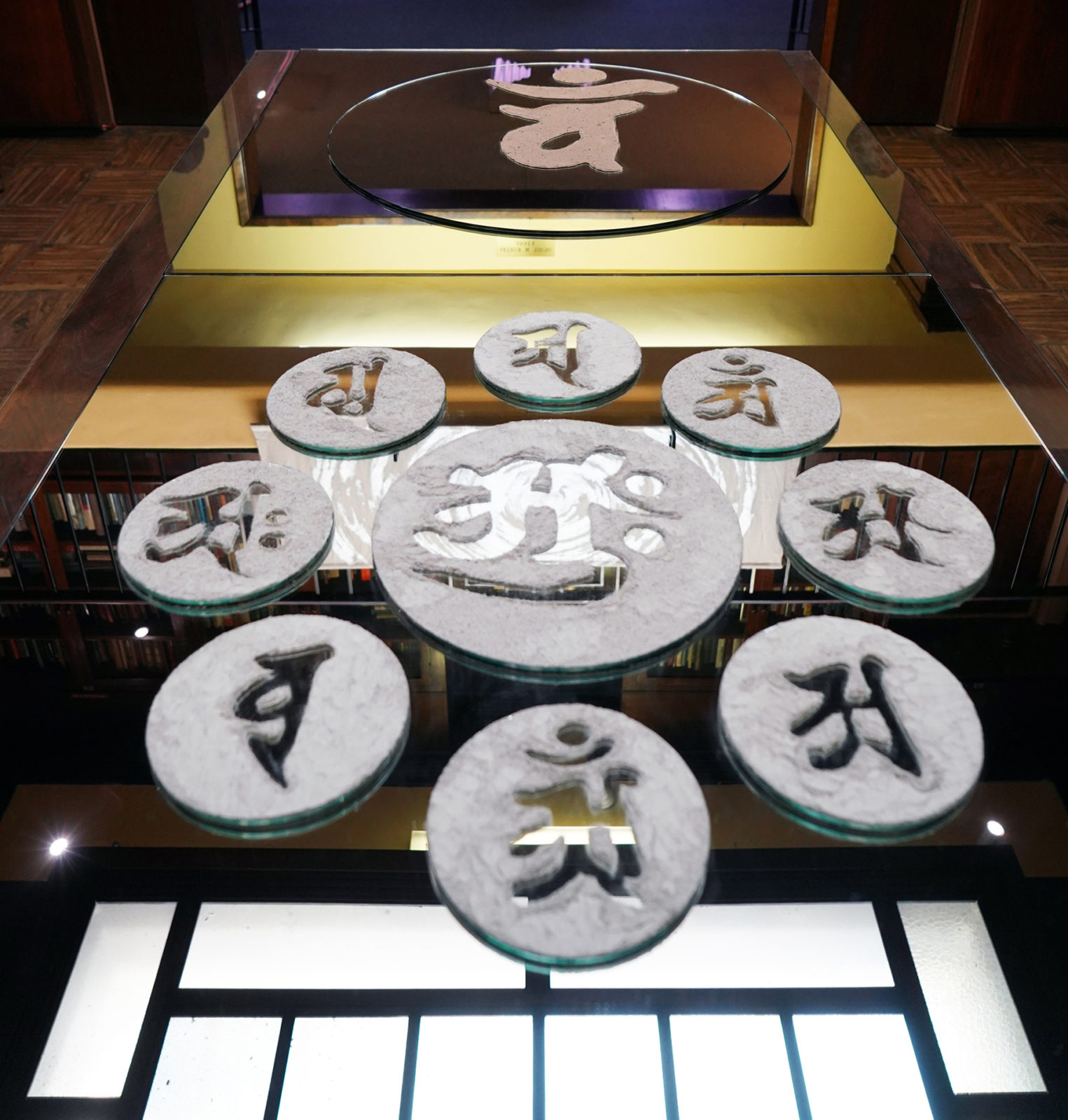



Press release:
The Philosophical Research Society (PRS) is pleased to present the first solo exhibition in Los Angeles by internationally acclaimed visual artist, Charwei Tsai (Taiwan), The Eye is the First Circle.
The Eye is the First Circle features new works based on the artist’s research conducted at the PRS Library in 2019 on the mandala and its relationship to practices of pilgrimage. Tsai utilized Manly Palmer Hall’s collection of tantric buddhist texts and artwork, and reflected on his writings on the thousand year old rituals and traditions at Koyasan tracing his own steps during her pilgrimage to Mount Koya, Japan.
Taking its title from the opening sentence of Ralph Waldo Emerson’s essay on spiritual growth Circles (1841), Tsai explores how artistic research coordinating with everyday interactions in life and nature are experienced as opportunities for personal growth and transformation, where the world itself is regarded as the manifestation of divine power.


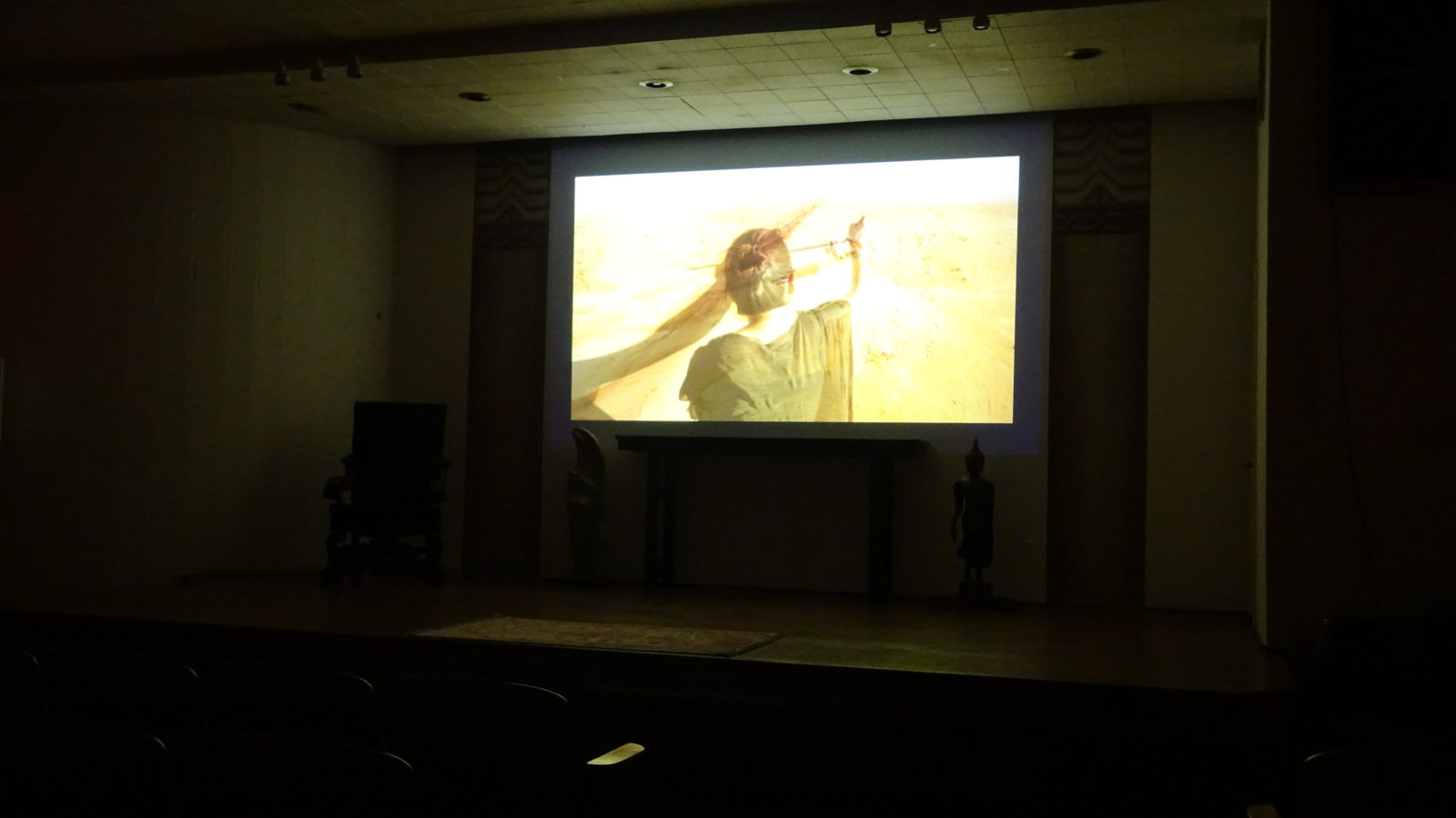

The exhibition consists of a series of inter-connected bodies of work that explore the idea of the mandala, often described as a ritual circle. In Buddhism, a mandala is a visual tool or technology of meditative Awakening; the visual representation of a spatial field of enlightened activity. Accordingly, the central installation of the exhibition is an installation made of mirrors and ashes titled The Womb and The Diamond – Seed Syllables (2021) referring to two important mandalas in the tantric buddhist tradition Shingon. This installation depicts ten Sanskrit characters, the bija mantras or “sound bodies” of the deities that comprise these two mandalas. This key work in the exhibition is inspired in part by Manly Hall’s essays “Koyasan–Sanctuary of Esoteric Buddhism” and “The Four Seasons of the Spirit.”
A series of five scroll paintings elaborate on this theme, invoking the Five Tathagatas or buddha principles that aid in transforming afflictive emotions into wisdom. Set among these scrolls are beautiful scripted shells and wooden blocks, along with a program of video works that elaborate on the artist’s engagement with tantra. A selection of relevant books and articles from the PRS Library collection provide insight into the artist’s research and background context for these works. Taken together, the exhibition transforms the space of the PRS Library into a mandala.
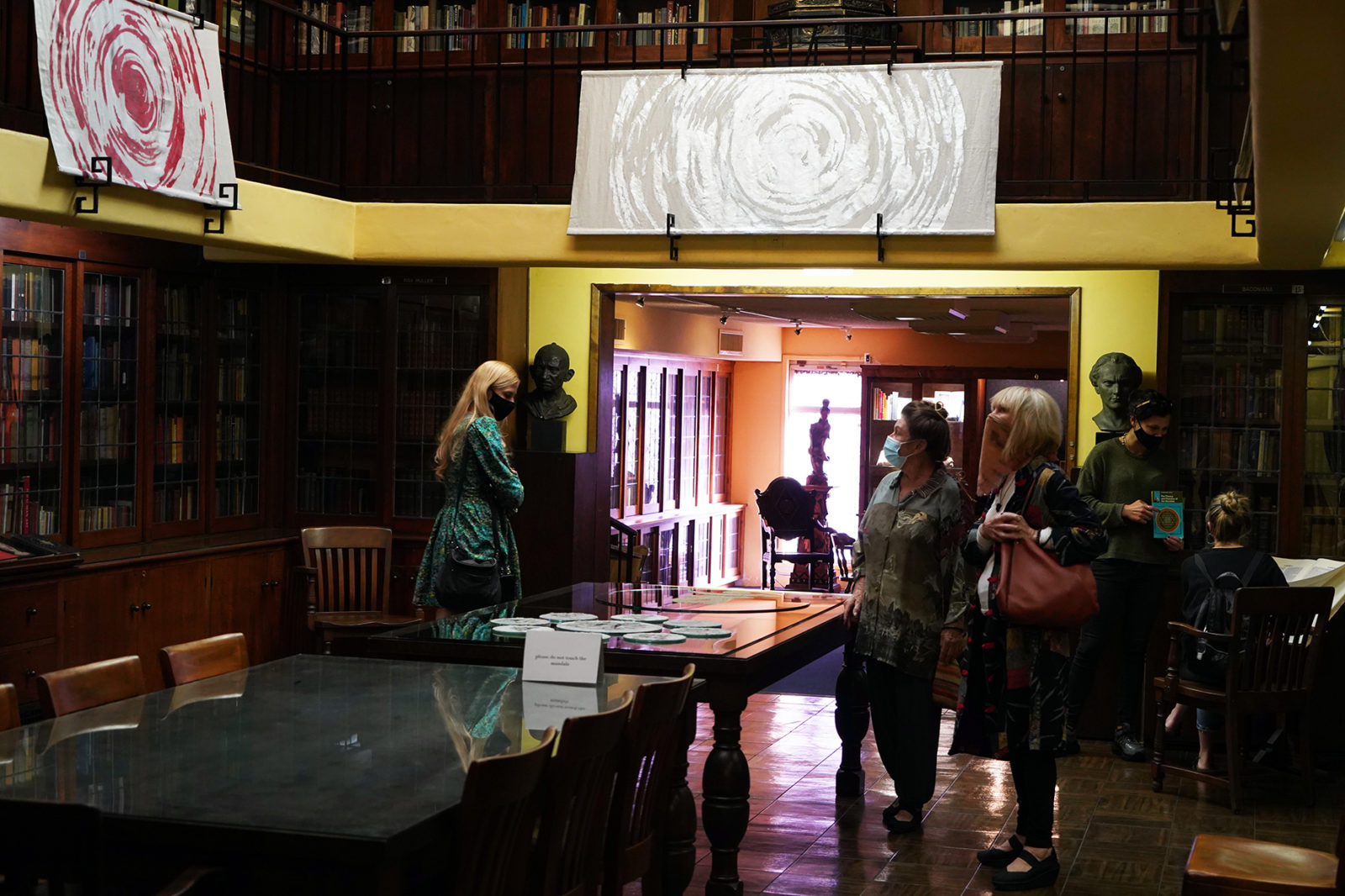

Tsai reflects on her inspiration for this exhibition, “I happened to visit the PRS Library in Los Angeles just after my first journey to Mount Koya in 2019. I discovered its tremendous archive consisting of journals written about Mount Koya and its esoteric tradition by the late founder of the library, Manly Hall. The articles were written mainly around the 1960’s and 1970’s, after he took multiple trips there. Hall’s logical, practical, and non-mystical analysis of this esoteric tradition has set it apart from a more religious approach. Later, inspired by Hall’s essay, The Four Seasons of the Spirit, (1965) I set out to visit Mount Koya again. Almost everything that he had described in his writings, including a small cable car that one must take to reach the mountain top and the map of the main temple complex has remained the same. The specific rituals and ceremonies corresponding to each season have also continued to be practiced since 1200 years ago. By having his words accompany me on my trip, it became a pilgrimage within a pilgrimage.”
A new publication on the artist’s recent work, The Womb & The Diamond (Taiwan: Live Forever Foundation, 2021) will be available at the PRS Bookstore.
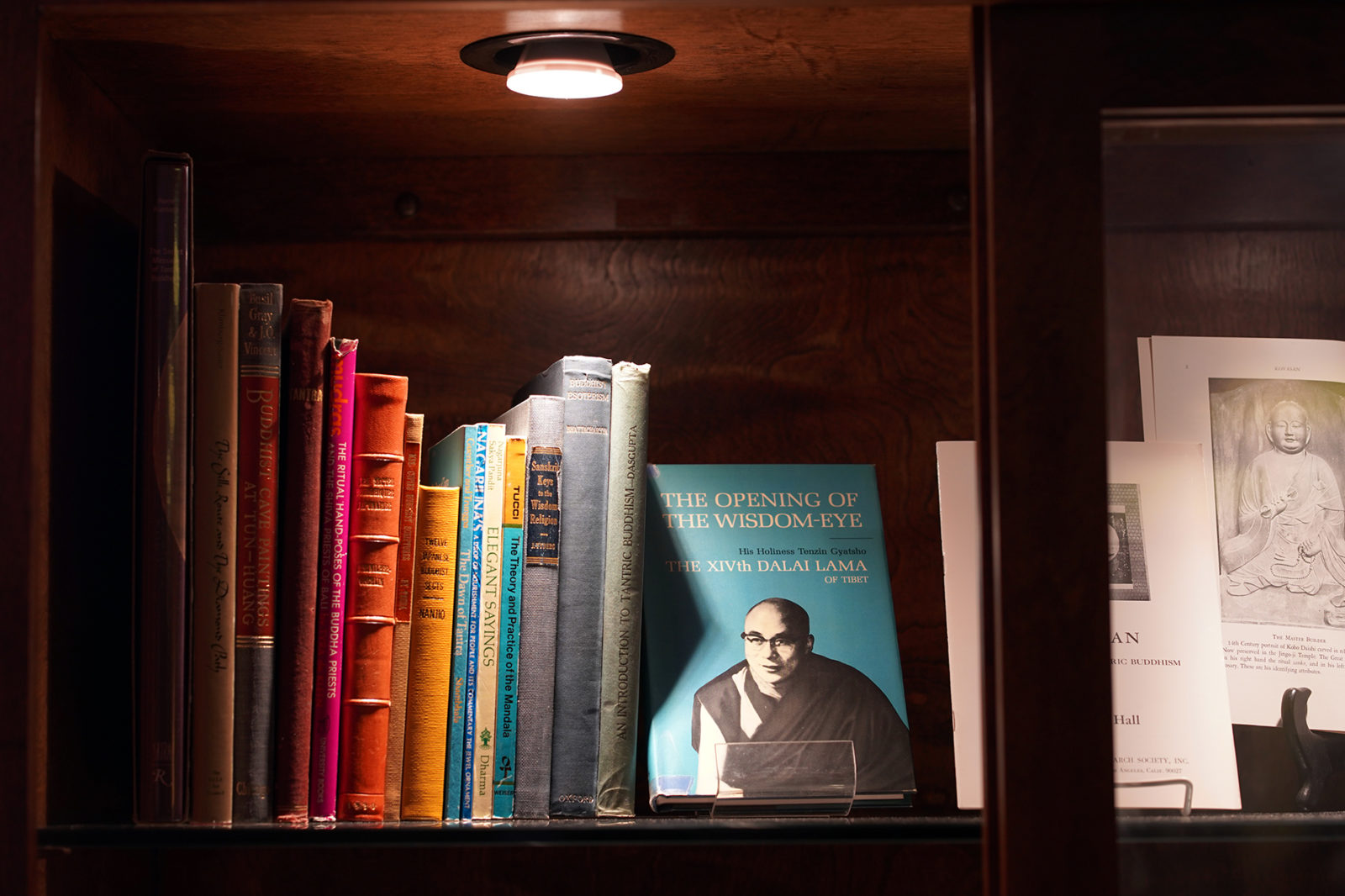


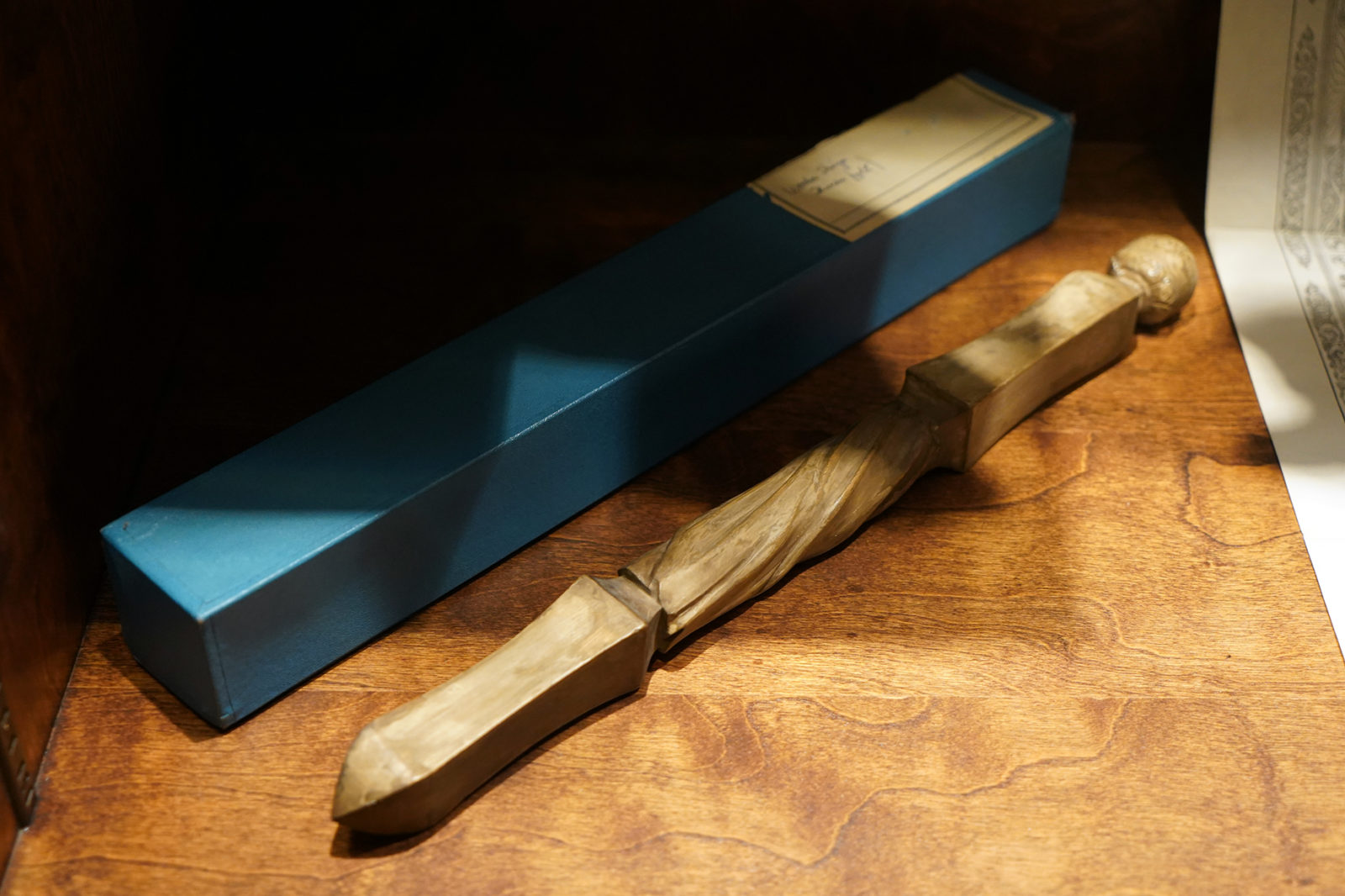
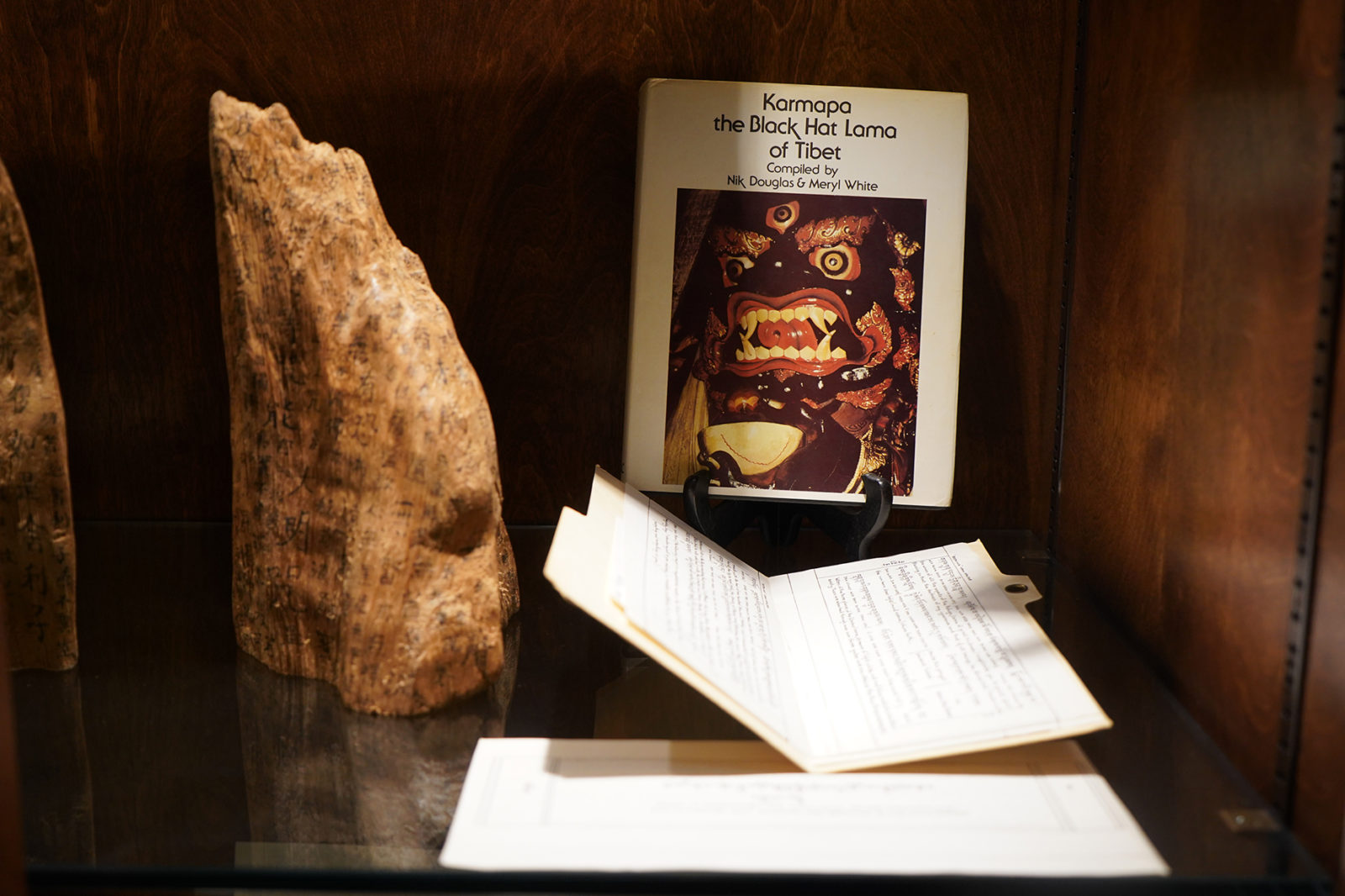

The Philosophical Research Societyis a Los Angeles-based, nonprofit institution founded in 1934 by scholar and prolific author Manly Palmer Hall as a repository of multicultural wisdom sources and a center of learning. With a campus designed by architect Robert Stacy-Judd and later designated a historical-cultural site by the city of Los Angeles, PRS is “dedicated to the ensoulment of all arts, sciences, and crafts.”
